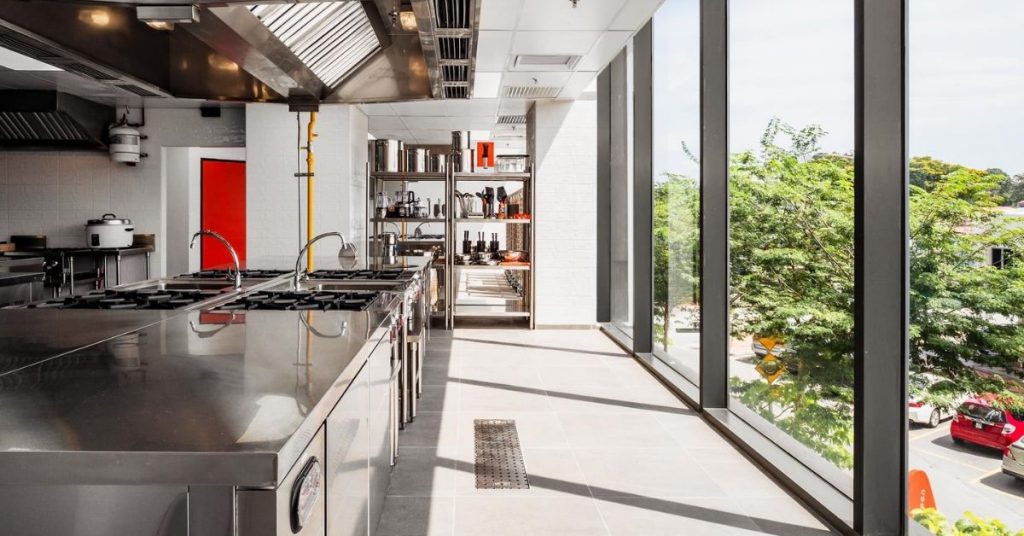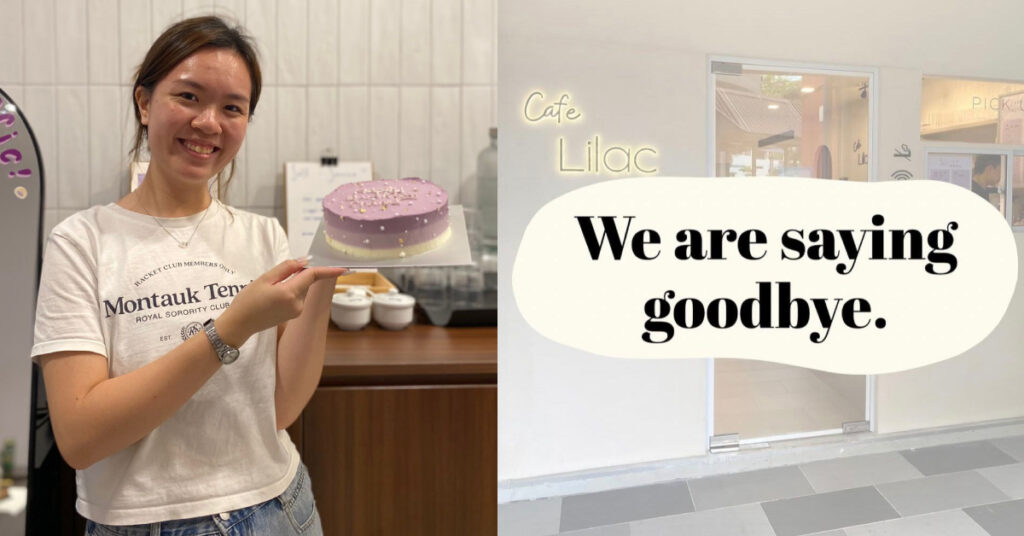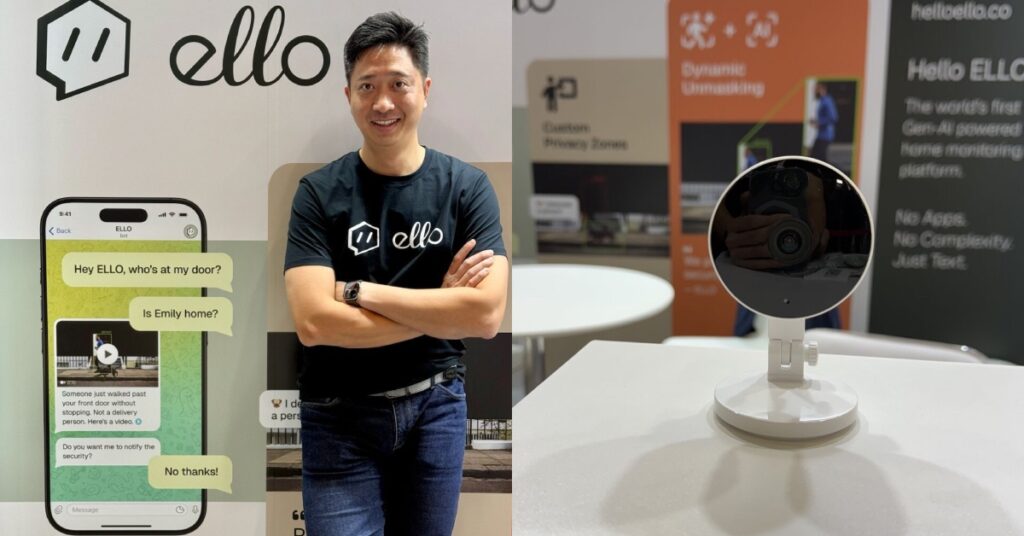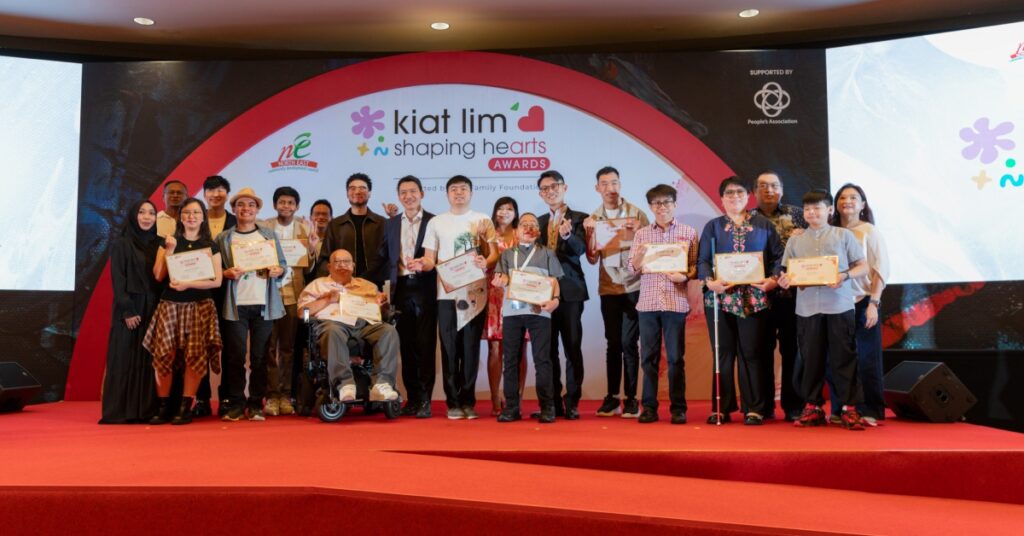Cloud kitchens seemed like a futuristic concept just a couple of years ago. Since the MCO though, the awareness and acceptance towards food deliveries from formerly hesitant Malaysian consumers had increased.
This led to F&B businesses both established and new alike looking into lower-cost options, one of which includes cloud kitchens, and the possibility of doing away with dine-ins altogether.
But What Are Cloud Kitchens?
Otherwise known as ghost, virtual, shared, or dark kitchens, a cloud kitchen is a restaurant with no physical storefront for customers to dine in. Virtual F&B brands using it rely solely on food deliveries via their own website, or through delivery apps like GrabFood, foodpanda, AirAsia food, Beep, etc.
Cloud kitchens give entrepreneurs the opportunity to expand an existing restaurant or start a business at low cost. This is because most cloud kitchens offer unified services that accommodate cooking space, refrigeration, marketing guidance, and partnerships with food delivery apps.
Though it can be a quicker and cheaper way for businesses to scale, every business model still comes with its own pros and cons.
The Advantages Of Cloud Kitchens

Lower risks and startup costs are some attractive benefits of cloud kitchens. With built in kitchen facilities and no dine-in spaces, ghost kitchens eliminate the pricey elements of a physical restaurant like renovations, decor, dinnerware, and wait staff.
For instance, for an RM10k capital at Cookhouse, entrepreneurs can get an online food business going, said its founder, Huen Su San in an interview with The Star. This is in comparison to a usual startup cost of at least RM500K for a brick and mortar cafe.
Cloud kitchens also give brands the space to experiment with concepts, fail, and adapt quickly. Being online, there’s flexibility to introduce new products, trial their market acceptance, and take them off the menu as instantly as they were introduced. Furthermore, flexible leases of virtual kitchens allow entrepreneurs lower commitments, compared to long-term rentals for a physical restaurant and the assembly required for it.
Most cloud kitchens in Malaysia also come with back-end infrastructures like cloud inventory systems, delivery partners, along with social media and photography assistance. Thus, presenting fewer learning curves in managing POS (point of sales) systems and marketing.

Increased customer reach via delivery platforms is another benefit, especially since most ghost kitchens are located in central hubs like PJ and KL. This makes it more accessible for a wide variety of customers ordering from home.
But, with the country encouraging movement again to stimulate the economy, there are some limitations to cloud kitchens.
The Disadvantages Of Cloud Kitchens

Operating from a delivery-only cloud kitchen sacrifices walk-in traffic from customers who otherwise don’t have the opportunity to simply “stumble upon” a brand. Some restaurants even choose to pay higher rental costs to be located in spots with higher foot traffic, especially shopping malls.
Online delivery platforms are also a crowded space, with new apps popping up every other month. To be on multiple apps means more commission rates to pay, resulting in higher overhead costs after initially dodging the salaries of front-of-house staff.
As maintaining a food’s quality is critical to drive repeat orders, delivery-only brands run some threats that are out of the kitchen’s control. Such examples can range from bad traffic, weather, or drivers making multiple stops along the way.
Packaging can also be a crucial element in maintaining the food’s temperatures, which means testing out different forms of containers to preserve the food’s quality as intended for customers.

So Who Are Cloud Kitchens Beneficial For?
Those who can benefit from cloud kitchens are likely home-based F&B businesses outgrowing their home kitchens, or even establishments looking to expand their customer base from different locations.
This is because these brands have already established a loyal customer base who can be marketing mediums themselves in the form of word of mouth, thus overcoming the cloud kitchen con of sacrificing discoveries via foot traffic.
The flexible rates of cloud kitchens come in many forms. Cookhouse offers rates that start at RM200 per pax per day, or RM900 per pax per month, inclusive of utilities.

Grab also launched GrabKitchen earlier this year in Desa Sri Hartamas. Despite giving them a call, Vulcan Post was told that they’re not disclosing their rental rates at the moment.
TCH Foodworks Co-Working Foodlab is another option for smaller F&Bs to kickstart their business. Their space is mainly catered to R&D and food shoots for restauranteurs. The weekly and monthly (5 days a week) rates for a single cooking station is RM1K and RM2K respectively.
Thus, the average cost per month to rent a cloud kitchen space can range from RM900 to RM2k (based on the ones we’ve spoken to), compared to the aforementioned RM500K capital expense of opening a cafe in KL. The latter of which also comes with monthly recurring payments that can cost between RM25K-RM50K for loan repayments, rent, salaries, insurances, and utilities.
It’s No Longer Just Delivery-Only
Though the concept of cloud kitchens began as a delivery-only model with no dine-in space for customers, it has since progressed as of late. GF Ghost Kitchen, for example, is a hybrid food hall that combines multiple brands in one retail store with a shared dine-in space located in malls. It’s basically a miniaturised food court if you will.
EPiC Food Hall is another brand offering the same, with storefronts in locations with high foot traffic like Bandar Sunway, Mont Kiara, and Damansara Perdana.
However, the brands above are currently only offering strategic partnerships with restaurants and are not yet open to restaurateurs using their shared kitchen space. Nonetheless, these hybrid shared kitchens open up opportunities for new and existing restaurants to have the best of both worlds.
For consumers dining in at these food halls, much like at a food court, multiple individuals in a group can order different dishes and still dine together. Bringing it back to deliveries only, consumers may have the ability to only pay one delivery fee when ordering from multiple brands within the same store (like for GrabKitchen).
It’s clear that cloud kitchens make for a very attractive business model for F&B businesses, budding home-based ones or established brands alike, but some may still opt to keep their brick-and-mortar stores around.
For now, consumers still enjoy the experience of going somewhere to dine, and having a physical storefront does elicit more trust in a brand, but perhaps we’ll see a gradual shift in this behaviour as cloud kitchens become more commonplace too.
- You can read other articles we’ve written about food deliveries here.
Featured Image Credit: Cookhouse










